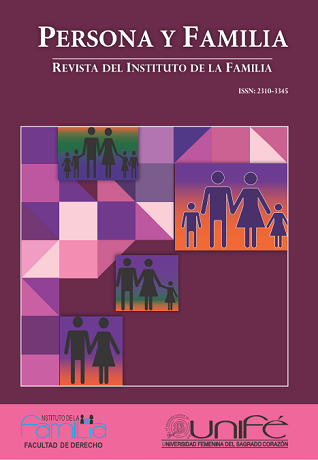Cohabitation: legal implications and the resolutions of the Constitucional Court
DOI:
https://doi.org/10.33539/peryfa.2015.n4.445Keywords:
Cohabitate, cohabitation, heritage between the cohabitants, joint ownershipAbstract
This article analyzes the figure of the cohabitation, from a doctrinal and legal perspective, covering the treatment of this institution within the comparative law, and then continue to the resolutions of the Peruvian Constitutional Court about the civil union, which our Constitution and Civil Code calls it cohabitation.
As we know, the civil union was integrated to our legislation for the 1979 Constitution, which is later gathered in the 1993 Constitution. The civil union, in a first stage, it was only regulated to equalize the joint ownership that is created from the marital property which is born from marriage; nevertheless, other rights have been granted later, the most important being the heritage between the cohabitants.










